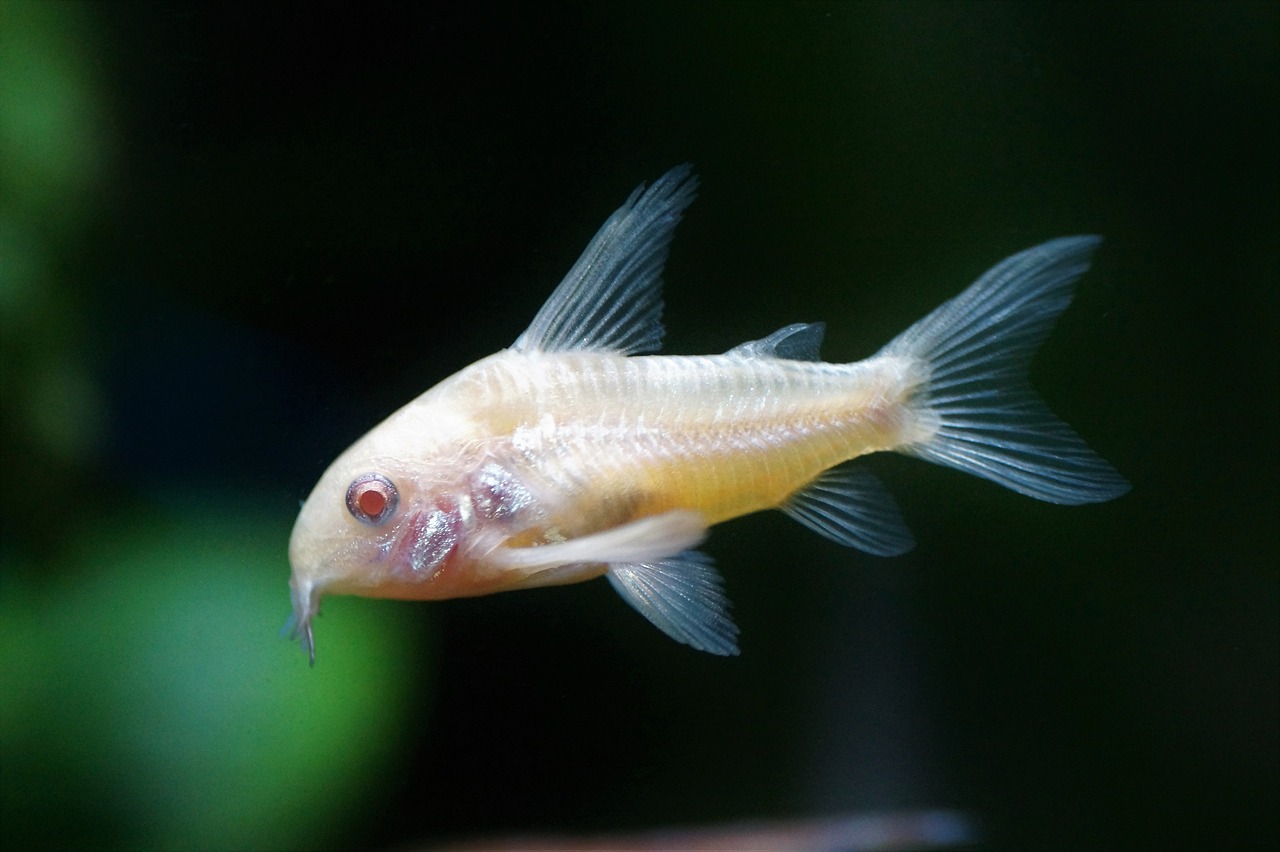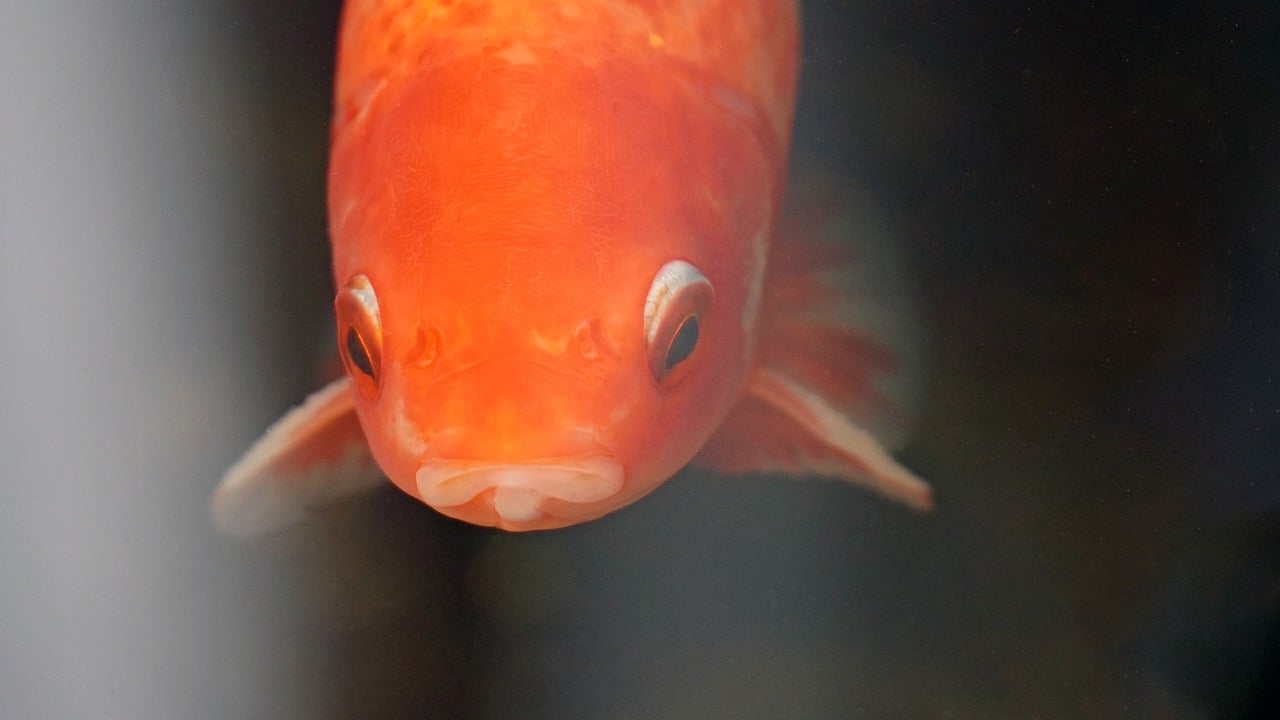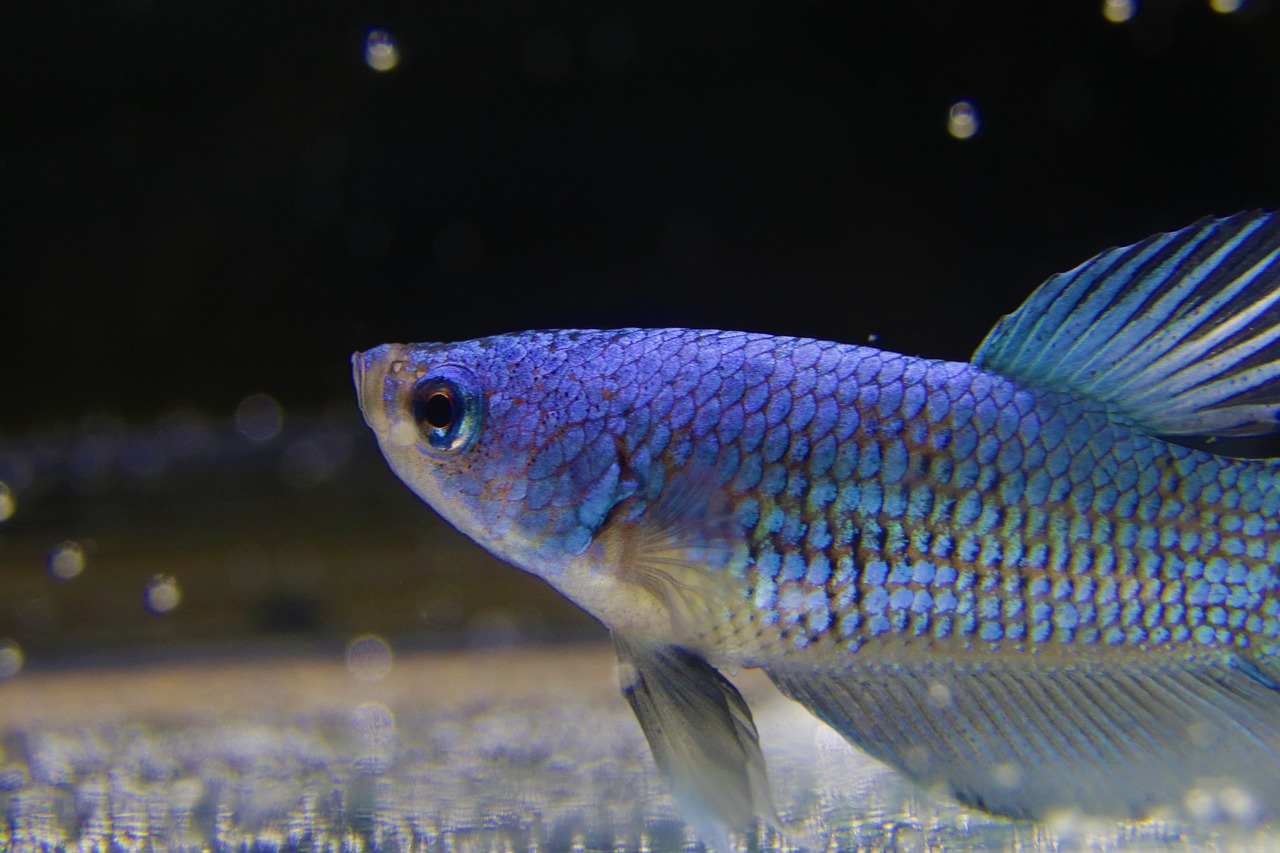Welcome to the world of fishkeeping! If you’re an aquarist, nature lover, or just someone fascinated by the underwater world, cycling your aquarium is a crucial first step to ensuring a thriving environment for your aquatic pets. Let’s dive into the essentials of cycling an aquarium, the items you’ll need, and some handy tips and tricks to make the process smooth and successful.
What is Aquarium Cycle?
Cycling an aquarium refers to the process of establishing a beneficial bacterial colony that helps break down harmful toxins like ammonia and nitrite, which are produced by fish waste, uneaten food, and decaying plants. This biological filter is essential for maintaining a healthy and stable environment for your fish.

Items Needed to Cycle Your Aquarium
- Aquarium Tank: Choose a size that suits your space and the type of fish you plan to keep.
- Filter: A good quality filter is vital for mechanical, chemical, and biological filtration.
- Water Conditioner: To remove chlorine and chloramine from tap water.
- Test Kit: To measure ammonia, nitrite, nitrate, and pH levels.
- Substrate: Gravel or sand where beneficial bacteria can colonize.
- Heater: If you’re keeping tropical fish, a heater to maintain the right temperature is essential.
- Starter Bacteria: Optional, but adding bottled beneficial bacteria can speed up the cycling process.
Step-by-Step Guide to Cycling Your Aquarium
- Set Up Your Tank:
- Rinse the tank, substrate, and any decorations with warm water (no soap!).
- Add the substrate to your tank.
- Fill the tank with water treated with a water conditioner to remove harmful chemicals.
- Install the filter and heater.
- Start the Filter and Heater:
- Turn on the filter and heater. Make sure the water temperature is appropriate for your fish species.
- Add an Ammonia Source:
- To start the cycling process, you need an ammonia source. You can use fish food, pure ammonia, or a piece of shrimp to produce ammonia as it decomposes. Adding a beneficial bacteria product may help speed up the process as well.
- Test the Water Regularly:
- Use your test kit to monitor ammonia, nitrite, and nitrate levels. Initially, you’ll see a spike in ammonia, followed by a rise in nitrite, and finally an increase in nitrate.
- Wait for the Cycle to Complete:
- The cycling process can take anywhere from 4 to 8 weeks. Patience is key! You’ll know your tank is cycled when you have 0 ppm ammonia, 0 ppm nitrite, and some measurable nitrate.
- Do a Partial Water Change:
- Once the cycle is complete, perform a 25-50% water change to lower nitrate levels before adding your fish.
Tips and Tricks for a Successful Aquarium Cycle
- Be Patient: Cycling takes time. Rushing the process can lead to fish stress and health issues.
- Avoid Overfeeding: Excess food will decompose and produce more ammonia, complicating the cycling process.
- Use a Sponge from an Established Tank: If you have access to an established aquarium, using a piece of filter sponge or substrate can speed up the cycling process by introducing beneficial bacteria.
- Regular Testing: Consistent monitoring with your test kit will help you track the cycling progress and make necessary adjustments.
- Limit Light: During the cycling process, keep the aquarium lights on for a shorter duration to prevent algae growth, which can complicate the cycle.
Cycling your aquarium is a fundamental step in creating a healthy, vibrant aquatic environment. By following this guide, you’ll be well on your way to becoming a successful fishkeeper, ensuring your fish live long, happy lives. Happy fishkeeping!



